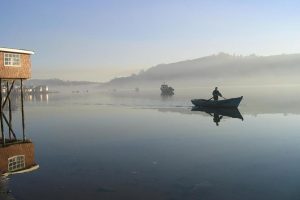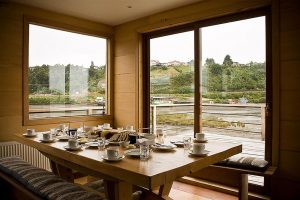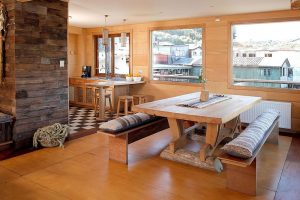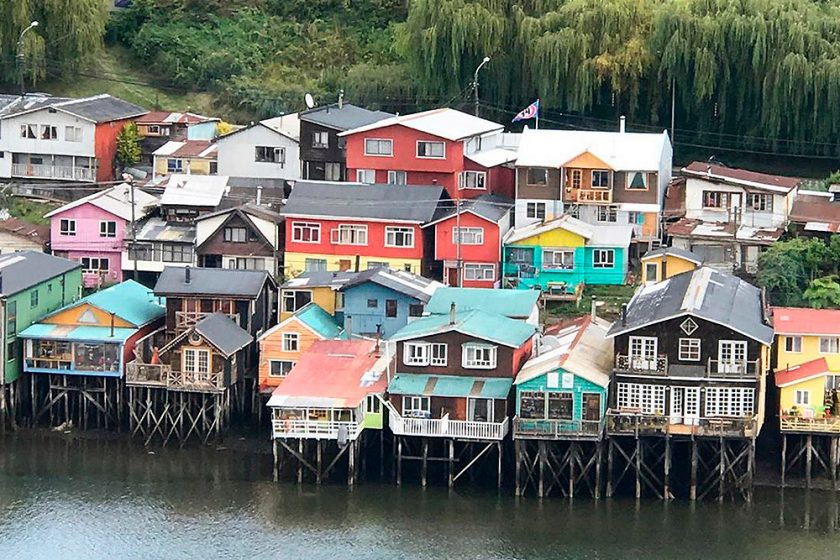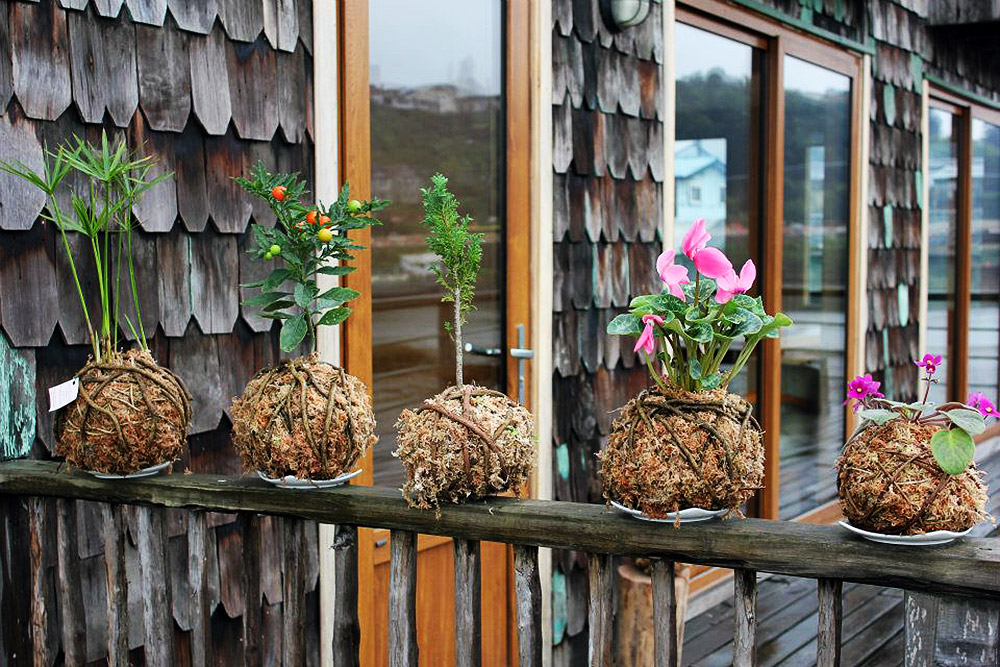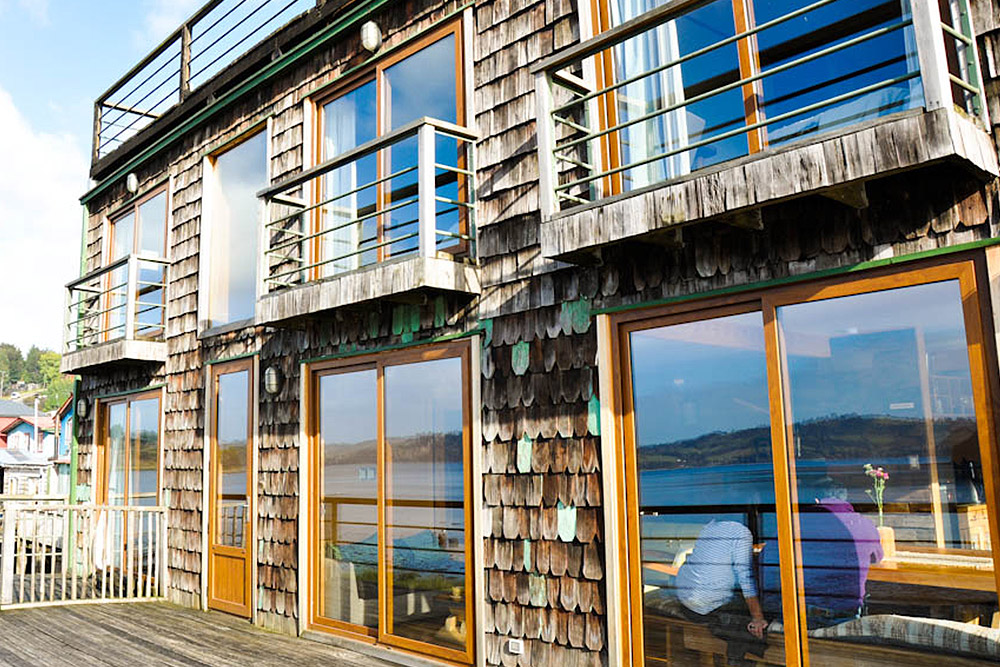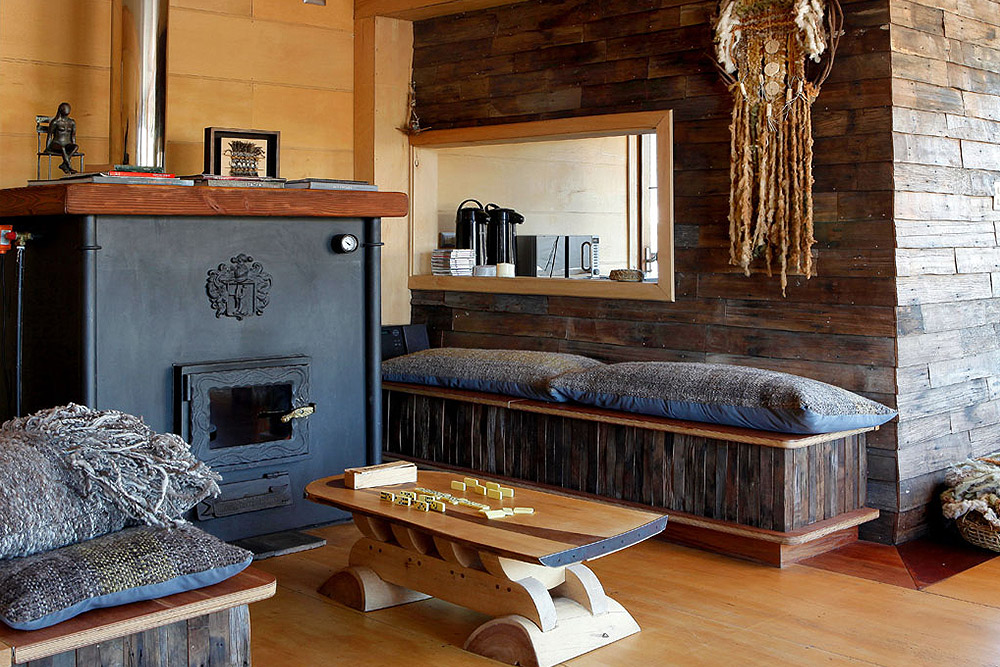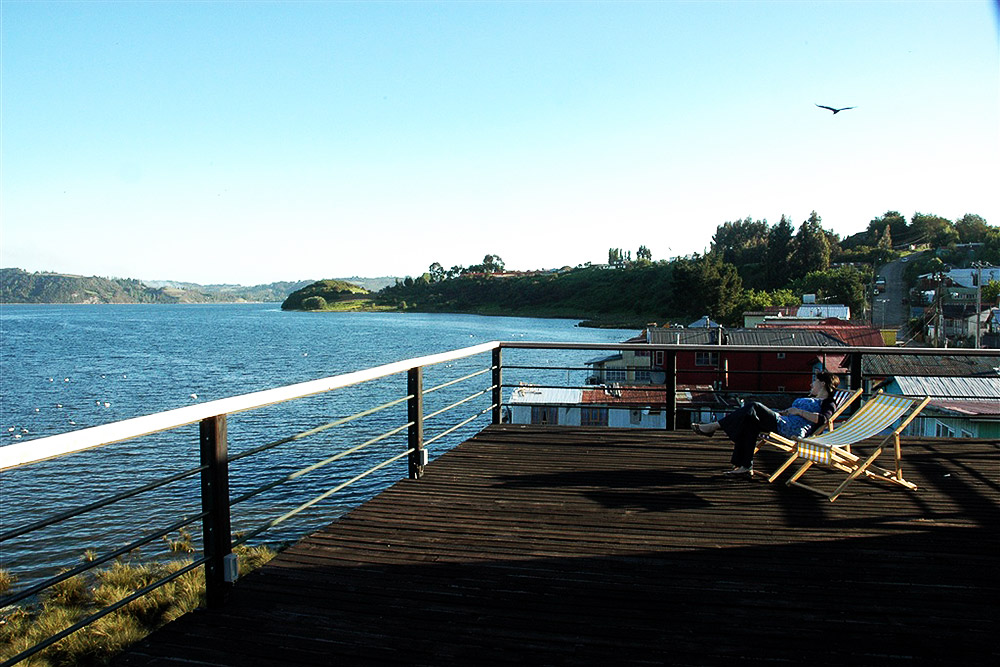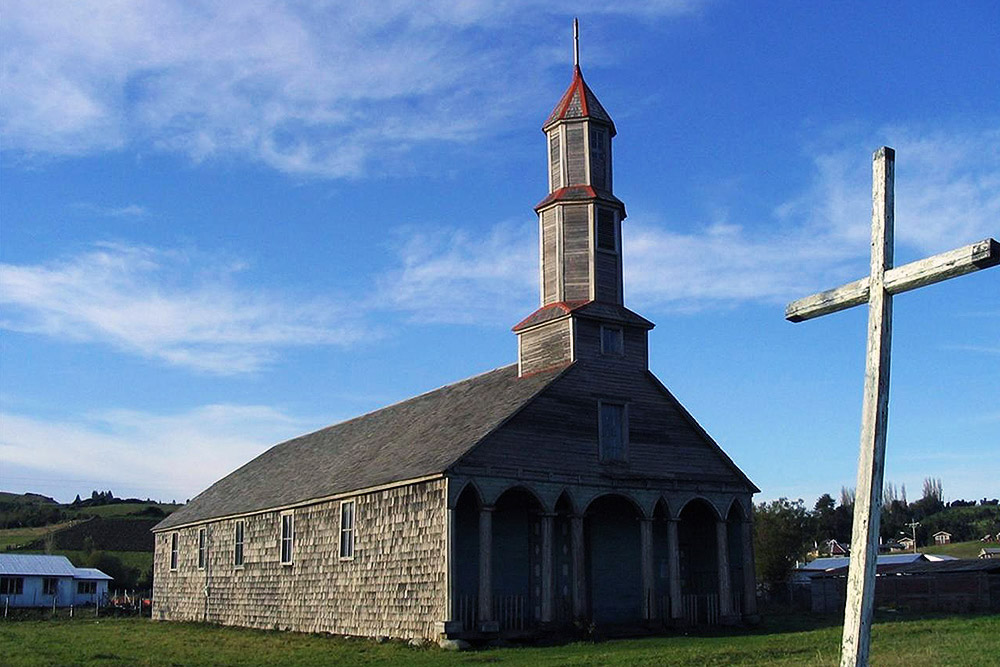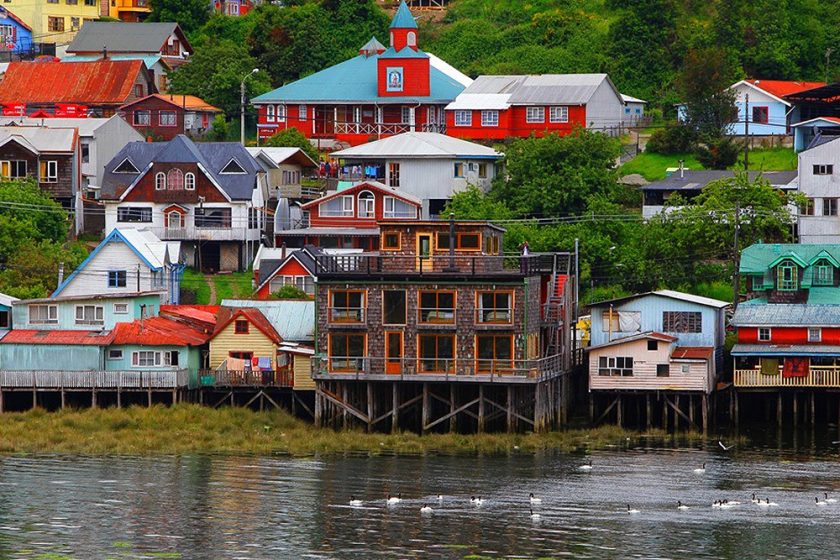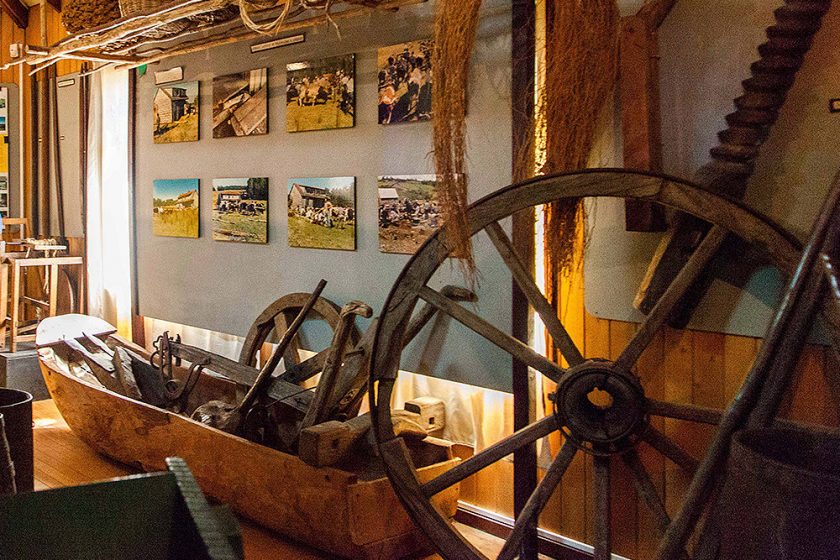The palafitos are present in the edges of lakes, ponds, rivers, wetlands of the sea of all the continents, although they predominate in Asia and South America. These constructions served to protect themselves from hostile animals and neighbors. The origin in Chiloe would be associated with the maritime history of native peoples such as the chono (sea nomads), and the huilliche (earth nomads), that settled in the coast land of Chiloe.
News
Palafitos of Gamboa in Castro, Chiloé Island
On the Island of Chiloe, in the middle of the 19th century the stilt houses appear in many places.
Continue reading “Palafitos of Gamboa in Castro, Chiloé Island”
History of Castro, Capital of Chiloé, Los Lagos Region, Chile
Castro is the capital and heart of the Big Island of Chiloe, located in the Lake District, and is the third oldest city in Chile. The location, culture and history make the city an urban centre to know and discover activities.
Continue reading “History of Castro, Capital of Chiloé, Los Lagos Region, Chile”
Municipal Museum of Castro, Chiloé Insland
This compact museum surveys Chiloé’s history dating back 6,000 years with the arrival of hunter-gatherers. Exhibits feature objects and texts illustrating the island’s settlement by the Chono and Huilliche populations, among other things.


